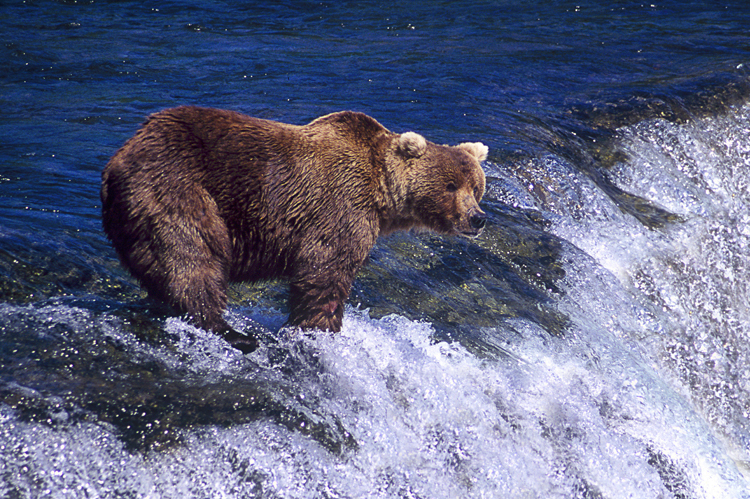
We are at the mercy of so few
With evil hearts determined to
Reduce this planet to hell
Then find a buyer and make a quick sale
George Harrison
On the other hand, political extremists, slightly to the right of Atilla the Hun, could make any reasonable person blow a gasket. They are a wealthy minority, pro-development at any cost, and well funded by the extractive industries. They equate environmentalism with socialism and other evils, and have little regard for the only known living planet in the universe. They are mean spirited and self-righteous, with a myopic worldview. And today their whining is louder than ever, because they are worried. And for good reason. The opposition to their ways is formidable and growing. Consider some of the issues from bygone days.
In 1974 the Los Angeles Department of Water and Power recommended a 400 foot high dam that would flood 54 miles of the Grand Canyon. For real! Even extremists know better than to make such a proposal today.
In 1975 the Pacer H-Bomb proposal would have detonated 2 hydrogen bombs daily (730 per year) in a salt cavern to generate power for Texas, Louisiana, and Mississippi (I'm not making this stuff up-google it). This is typical of the radical right's megalomanic approach to problem solving. The idea was considered absurd back then. Today such a proposal would get you a paid vacation in a padded room. (Note-a single hydrogen bomb has more explosive power than all the bombs dropped by the allied forces in WW 2)
In the late 1980's a movement to restore wolves to the Greater Yellowstone Ecosystem was gaining momentum. Surveys showed 75% of Americans were in favor of the project. Nevertheless, Montana Congressman Ron Marlenee went on the offensive, describing wolves as "the equivalent of cockroaches." At the same time a misinformed but always unenlightened Senator Alan Simpson, of Wyoming, asserted that "wolves chased women in Russia." This rhetoric was part of a campaign to stall the project. It failed. In 1995 U.S. Fish and Wildlife Service director Mollie Beattie personally released a caged Canadian wolf into our oldest and most revered national park, restoring the missing ecological link to the region.
The wolf restoration program has been a resounding success. There is now a limited hunting season to control the number of wolves outside the park and ranchers are compensated for the rare livestock kill. And to this date (almost 20 years) there have been no reported attacks on humans. Wolves in Yellowstone bring in an estimated $35 million dollars in annual revenue to the region. Nearly half (45%) of Yellowstone visitors site the wolf as the species they most want to see. Sometimes you have to look back to see how far you've come.